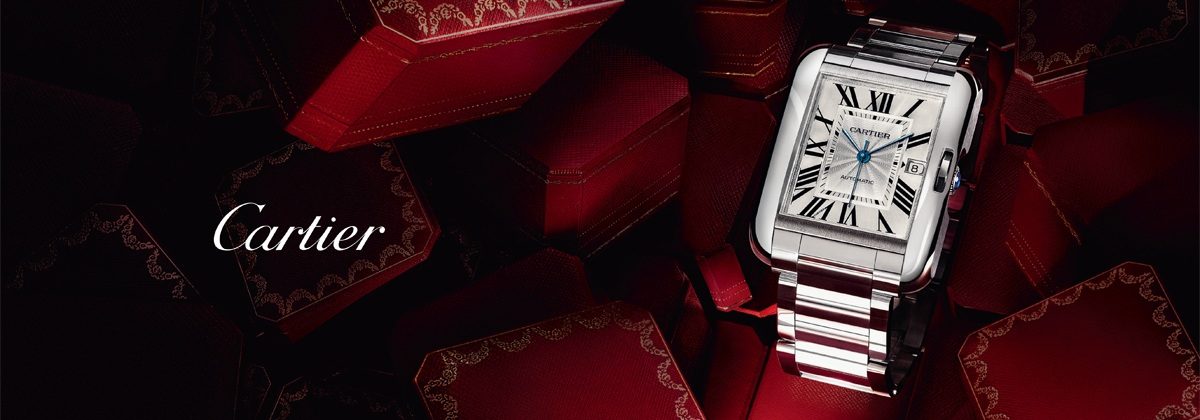Due to the enduring popularity of the watch and the brand there are many, many replicas, some poor, some so good they are hard to tell from the real thing without careful examination. A common misunderstanding is that there are A or AAA standard replica watches. The fact is, no one is out there setting an international benchmark for fakes. Deliberately going the fake route is something to avoid at all costs, you are only fooling yourself and ultimately aiding and abetting organised crime. Here is a guide to spotting a fake from an authentic Cartier.
Inscription: One of the simplest ways to tell a fake Cartier watch is to remove the caseback. A genuine Cartier watch will have “Cartier” inscribed on the movement.
Weight: A genuine Cartier watch will have some heft to it, especially when compared to the lightweight fakes. This extra weight is due to the watch’s quality materials used in the production of the watch.
Glass: A genuine Cartier watch has scratch-proof sapphire glass, which won’t be found on the fakes. The sapphire-quality glass of a genuine Cartier is also non-smear, so if you drop a few beads of water on it, they will roll off. Try this test because on a fake Cartier it will smear.
Cabochon stone: The winder of a genuine Cartier watch features a polished gemstone, called a cabochon stone, or a spinel on the top of the crown. If there’s no stone, it’s a fake Cartier watch. If there is a stone or gem it should be securely fastened, not glued on.
Serial Number: This should appear on the back or side of a genuine Cartier. The number will be engraved. A tell tale sign of a fake is that many of them feature a serial number that’s barely etched onto the watch.
Authorised Dealer: One sure way to avoid disappointment is to consult the Cartier website for an authorised dealer, and that way you will never have to worry if the Cartier you proudly wear is a fake.
